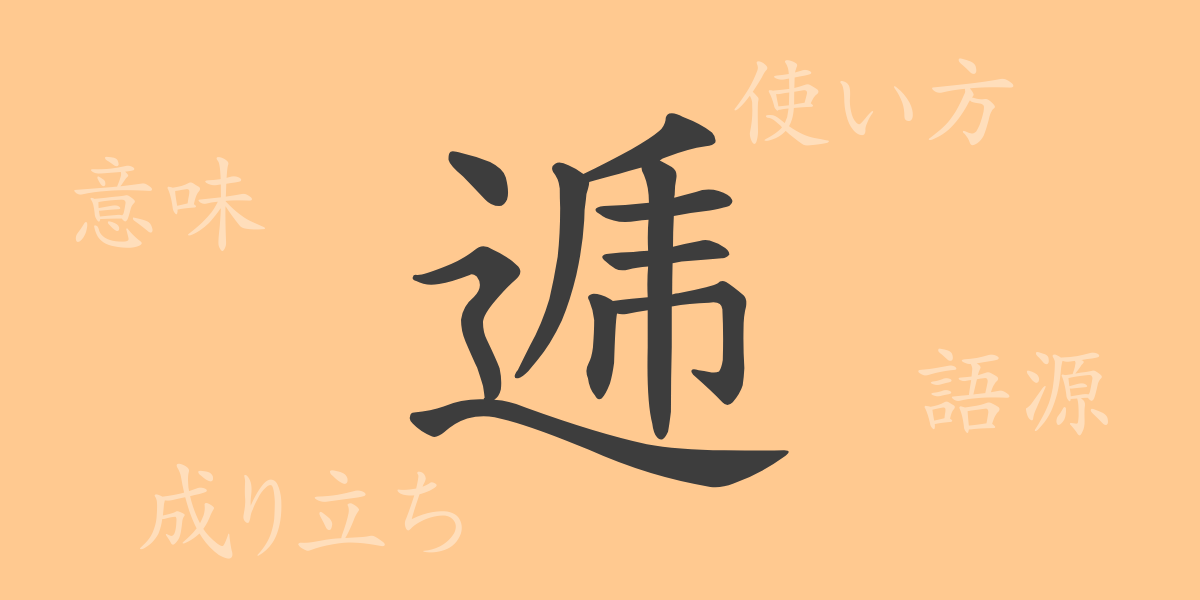The richness of Japanese expression is supported by its diverse kanji characters, some of which are rarely seen in everyday life. This article delves into one such common-use kanji, ‘逓(てい)’, exploring everything from its origins to its meanings, usage, and related phrases and proverbs. Join us as we fully introduce the charm of this character.
Origins of ‘逓(てい)’
The kanji ‘逓’ evolved from ancient Chinese pictographs. Originally depicting the act of transporting objects from one place to another, it came to mean “gradually.” Despite changes in form over its long history, it has retained this fundamental meaning.
Meaning and Usage of ‘逓(てい)’
‘逓’ is primarily used in the term ‘逓送(ていそう)’, meaning “to send things in succession” or “to relay letters and goods from one point to another.” It is also used in ‘逓減(ていげん)’, which means “to decrease gradually.”
Readings, Stroke Count, and Radical of ‘逓(てい)’
Here are some basic facts about the kanji ‘逓’:
- Readings: The on’yomi (Sino-Japanese reading) is ‘テイ’, and there are no common kun’yomi (native Japanese readings).
- Stroke Count: ‘逓’ consists of 10 strokes.
- Radical: The radical for ‘逓’ is ‘辶(しんにょう)’, which represents walking along a path.
Phrases, Idioms, and Proverbs Using ‘逓(てい)’
There are several idioms and phrases that include ‘逓’:
- 逓送(ていそう): Relaying letters or goods from one point to another.
- 逓減(ていげん): Gradually decreasing.
- 逓信(ていしん): Pertaining to postal and communication services, formerly a government ministry’s name.
Conclusion on ‘逓(てい)’
While not frequently used, the kanji ‘逓’ plays a significant role in Japanese, particularly in areas closely related to everyday life such as postal and communication services. Through exploring this character, we’ve gained an understanding of its historical background and depth of meaning. It provides a window into the complexity of the Japanese language, prompting us to reexamine ‘逓’ as a significant element of linguistic expression.

























